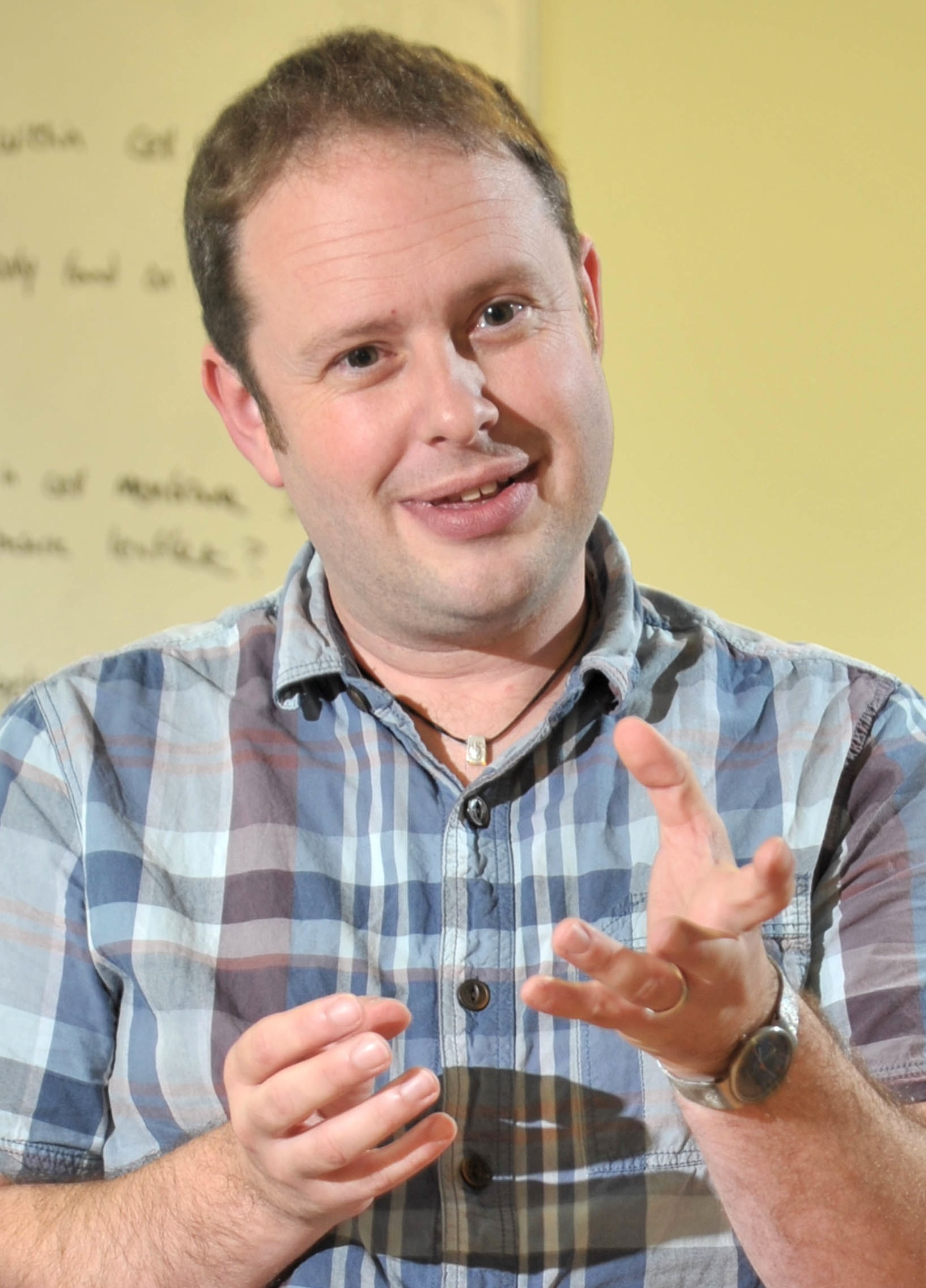A leading academic has moved his major research project, which aims to improve scientists’ understanding of how microorganisms survive, to the University of Lincoln.

Professor Stuart Humphries, who was awarded £941,132 from the Leverhulme Trust in 2012 to investigate the influence of cell shape on ecology, hopes to lay the foundations for further research in medical and environmental science.
He explained that the scientific community know very little about microbes, despite their importance to maintaining life as we know it.
“We still have no real idea of why microorganisms look the way they do,” he said.
“An example is that cells in our immune system seem to respond to differently shaped microbes and bacteria. If we can find out how this happens, it could eventually assist with medical diagnostics.”
The reason for so much interest in microorganisms is their freedom from many of the physical limitations that larger organisms are subject to. Researchers want to find out how this has shaped their evolution and continued interaction with the rest of the world.
Prof Humphries continued: “Microbes are particularly important to our health, culture, and industry, and biophysics – which uses methods of, and theories from, physics to study biological systems – will allow us to understand how these organisms work.”
Coming to Lincoln after a series of top UK universities including Sheffield, Reading, Glasgow, and Hull, he believed that the University of Lincoln was a special place for scientific research.
“I was struck by the fact everybody at Lincoln seems to have the same overarching vision,” he commented. “There is a real opportunity to create something special here.”
The study hopes to provide a clear understanding of the links between the shape and function of microorganisms and how and why they survive and flourish and will run over five years.

